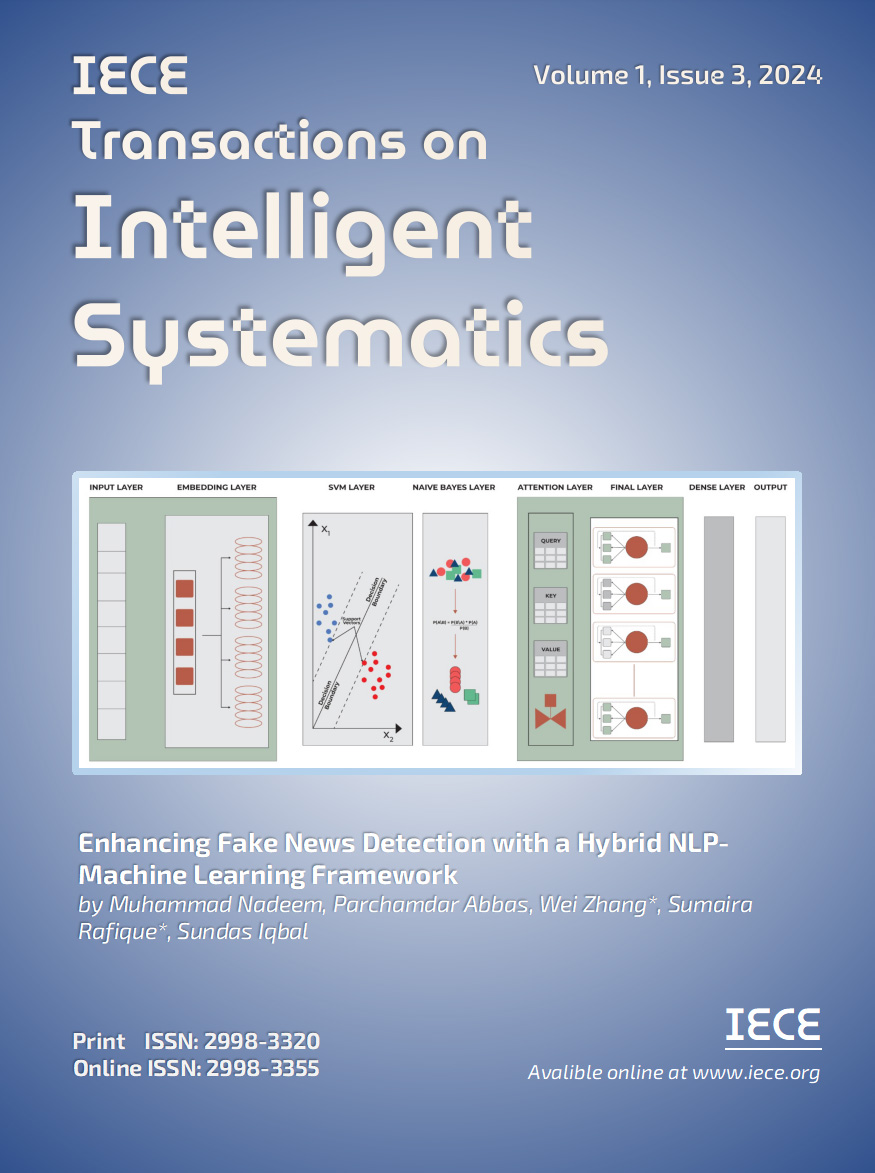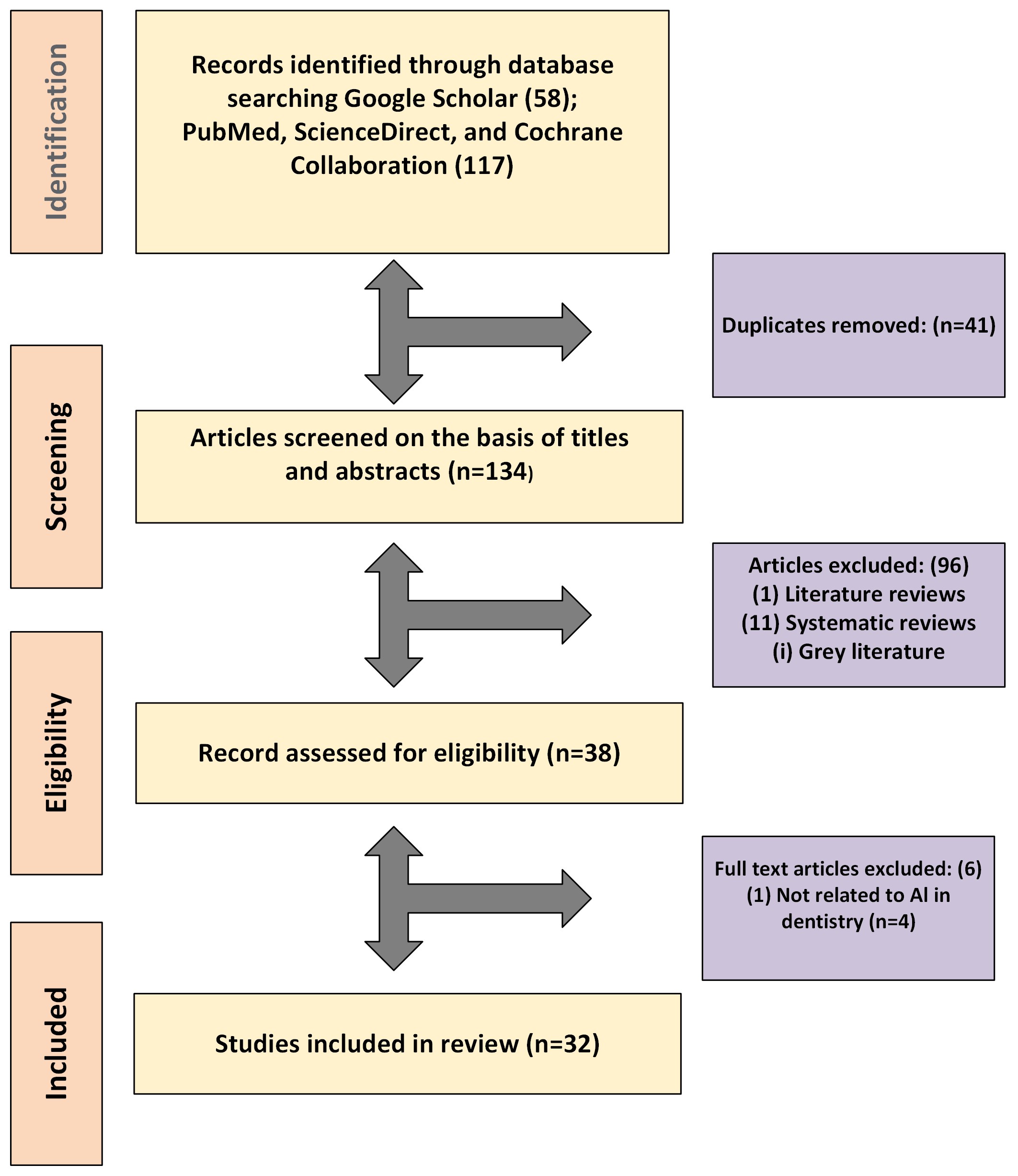Abstract
This systematic review and meta-analysis examine the transformative impact of artificial intelligence (AI) applications on forensic odontology, specifically focusing on the enhancement of identification accuracy and operational efficiency. Traditionally, forensic odontology depends on detailed dental records for human identification purposes. However, with the integration of AI-driven advancements, including machine learning algorithms and image recognition systems, the field is undergoing significant evolution. These AI technologies offer notable improvements in the precision of complex tasks such as bite mark analysis, dental age estimation, and dental record matching, while simultaneously reducing the time required and minimizing the risk of human error. The review adhered to the Preferred Reporting Items for Systematic Reviews and Meta-Analyses (PRISMA) standards to ensure rigorous methodology and transparency. A total of 175 articles were retrieved from various databases, including PubMed, Science Direct, Google Scholar, Cochrane. Based on predefined inclusion and exclusion criteria, 32 articles were ultimately deemed eligible for review. This study employs the K Vaal and Cameriere methods to assess the effectiveness of artificial intelligence (AI) in dental identification, with a specific focus on AI’s strengths in managing extensive datasets and delivering rapid, accurate results. The findings underscore AI’s notable contributions to automating dental charting and facilitating precise age estimation through advanced radiographic analysis, demonstrating accuracy surpassing that of traditional methods. By consolidating data across diverse age groups and tooth types, this meta-analysis highlights AI's versatility and reinforces its value as a robust support tool for forensic odontologists within judicial settings.
Funding
This work was supported without any funding.
Cite This Article
APA Style
Khan, M. S., Afridi, U., Ahmed, M. J., Zeb, B., Ullah, I., & Hassan, M. Z. (2024). Comprehensive Evaluation of Artificial Intelligence Applications in Forensic Odontology: A Systematic Review and Meta-Analysis. IECE Transactions on Intelligent Systematics, 1(3), 176-189. https://doi.org/10.62762/TIS.2024.818917
Publisher's Note
IECE stays neutral with regard to jurisdictional claims in published maps and institutional affiliations.
Rights and permissions
Institute of Emerging and Computer Engineers (IECE) or its licensor (e.g. a society or other partner) holds exclusive rights to this article under a publishing agreement with the author(s) or other rightsholder(s); author self-archiving of the accepted manuscript version of this article is solely governed by the terms of such publishing agreement and applicable law.


 Submit Manuscript
Edit a Special Issue
Submit Manuscript
Edit a Special Issue

